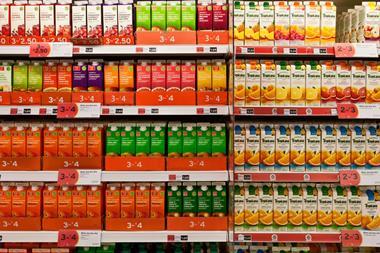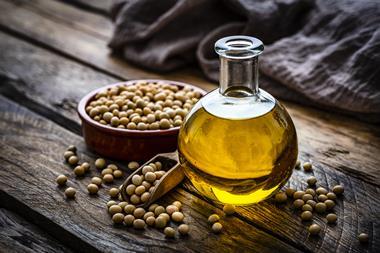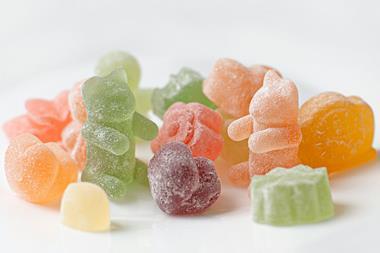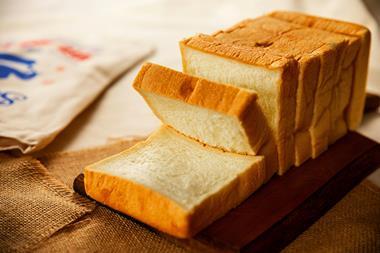Download the full synopsis here
Publishing: 28 February
Advertising deadline: 13 February
Submissions deadline: 6 February
Contact Natalie Brown (natalie_brown@live.co.uk)
The Story
The juices & smoothies market is taking heavy losses in the war on sugar. Brits have spent less on juices, juice drinks and smoothies in the past year, on less volume. But amongst the gloom some players and sub sectors are managing to grow. How? What can the rest of the category learn from them as players try to resist the onslaught of the health lobby?
Key themes
Health: Just how big an impact have the negative headlines on juice’s high sugar content had on the sector? Is the criticism justified? How are the market’s biggest players looking to counter the negative press?
Stevia drinks and other ‘healthier’ juices: The sugar debate is fuelling the development of juice drinks sweetened with ingredients such as stevia, in order to lower sugar content, and juices and smoothies containing functional ingredients such as chia seeds and vegetables. How well are such products doing? How much potential do they have?
Promotions and price: After a few years of fierce promotional activity by the sector’s two biggest brands, there’s been a dramatic fall in use of promotions during the past year, according to our analysis. How much of an impact has this had on growth, the average price of juices and smoothies and the underlying profitability of the sector’s players?
Smoothies: This sector has been the category’s strongest performer over the past year, the only to turn in value and volume growth. Why? Which players have driven this growth and how? What are the sector’s major players looking to do to sustain growth in 2015?
Juice drinks: This sector is struggling. This feature will explore in detail which factors – for example, the health agenda, NPD, marketing and advertising, price and promotions – have driven this performance and investigate how players are looking to turn things around over the coming year. And how are some brands defying the downturn to deliver strong growth?
Not from concentrate: This sector has seen value sales dip on flat volumes over the past year. This feature will explore the reasons for this and investigate what the coming year is likely to hold. How are some brands still in growth? How is the dynamic between own label and brands playing out?
From concentrate: Sales of from concentrate juice have continued to decline over the past year. Is this a doomed sub category or do brands and own label players have some tricks up their sleeve to rekindle interest – and sales – in this sector?
Own label: Own label is losing share to brands in this market. This feature will explore the factors that are leading to this and investigate whether any retailers are bucking this overall trend. Another focus will be on how brands’ prices are being affected by their continuing growth at the expense of own label.
Innovation: This will be key to this feature. We will be investigating how new product development has shaped the category over the past year and what is in store for shoppers in 2014. We will be profiling four of the most interesting launches in a separate innovation panel. This feature will include box outs on the development of new, weird and wonderful flavoured juices and smoothies (kale, lemon grass, pomegranate, etc) and kids drinks.
Advertising and marketing: This feature will also investigate how the marketing and advertising strategies of the category’s biggest brands have evolved over the past year and how they will develop in the coming year to sustain growth or return brands to growth.
Key questions the feature is likely to address:
- What consumer trends have impacted the category over the past year?
- How have promotional strategies (both in terms of price and marketing) evolved?
- How have individual retailers’ strategies impacted the market?
- How has merchandising changed in the market?
- What impact has own-label had on branded players?
- What’s next for the category?
Downloads
Focus on Juices and Smoothies synopsis
PDF, Size 0.32 mb











No comments yet